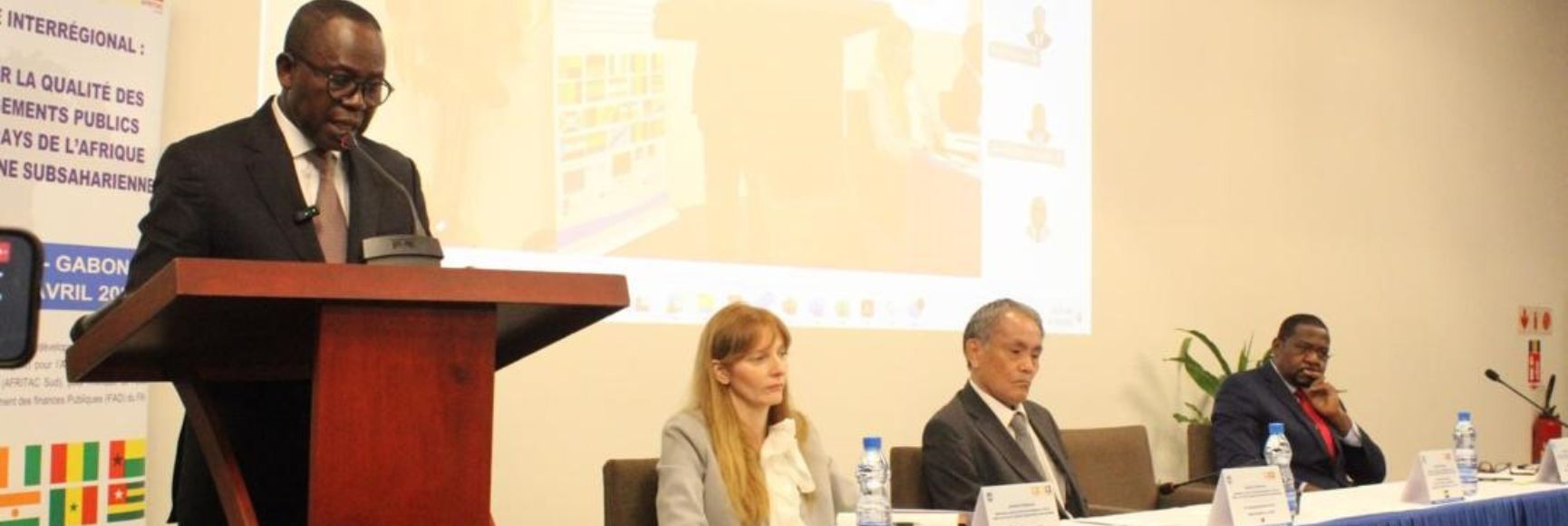In developing countries, public investments are largely supported by external donors’ funds (EF). This practice is most common in low-income countries where much of the public investment budget is externally funded. For instance, Benin, Saint Vincent and the Grenadines, and Cambodia have EF dependency ratios of 50 %, 80% and 66% respectively. EF is a global concept covering a great variety of financial instruments, in terms of their economic nature (grants or loans) and origin (multilateral or bilateral donors). Whatever its form, such dependence on external finance is reflected in countries’ PFM framework and practices. In these countries, the budget cycle for investment follows specific arrangements that may deviate from the domestic PFM framework normally used for nationally funded expenditures. Many of the arrangements for budgeting, cash management, procurement, and external audit for externally financed projects is frequently ad hoc and depends largely on donor’s preferences.
The OECD Development Assistance Committee (DAC) in its “Paris Declaration on Aid Effectiveness” of 2005 sought to mitigate this EF dependance. A dozen principles, with related indicators to monitor their achievement, were jointly adopted by donors and beneficiaries to better align external aid with national development goals. One of these principles stipulated that the flows of external aid should be integrated within national PFM frameworks. During the last 20 years, much work and discussions have occurred, punctuated by high-level consultations - at Accra (2008) and Busan (2011) – with reports published (OECD 2014) to take stock of progress.
Against the background of this dialog, the technical literature on development assistance suggests that the degree of EF integration should be assessed according to three guiding principles:
- “Off budget” - meaning that EF are managed outside of the national PFM framework, according to donors’ specific arrangements.
- “On budget”, meaning that EF are merely presented and reported in the national budget documentation.
- “In budget”, meaning that EF are under the full control of national authorities, i.e., spending transactions are managed by government officials according to prevailing national PFM rules.
Some progress has been made in realizing this objective. Over the last two decades, in most countries, “off budget” has largely disappeared, “on budget” has grown, but “in budget” still remains scarce.
One of the main reasons for countries’ resistance to PF integration is cash management. Despite nascent single treasury accounts, it is very rare for the EF to be part of a country’s cash pooling arrangements. EF cash generally remains under tight donor control. Another indicator is the resilience of “dual budgeting” arrangements in which investment expenditure is planned, budgeted, and implemented by specific entities in charge of external funding (be it development ministries or planning directorates), and follows specific procedures outside the finance ministries’ jurisdiction. Externally funded investment is also frequently presented in specific budget documentation. Under such parallel channels, current expenditures, including operating and maintenance costs, are largely disconnected from capital expenditures.
Another aspect of EF is worth mentioning. In developing countries, investment budgets are frequently under executed, sometimes massively (budget execution rates of 50% or less are not uncommon). The causes of this PFM disease are many, including “aspirational budgeting”, i.e., a national government tendency to present ambitious but unrealistic investment programs for political reasons. Low absorption capacity is another cause for many reasons ranging from scarcity of good project managers to (especially in small countries) weaknesses of the local market for public works contractors. Another factor is that the predictability of actual EF disbursement is often uncertain. This triggers frequent donors/beneficiaries’ disputes: the former pointing out the beneficiary’s non-compliance with funding conditions, the latter incriminating too distant and bureaucratic donor’s headquarters.
Agencies and consultants providing technical assistance on public investment management should pay attention to this important EF integration issue. Whatever its magnitude, causes and evolution – which deserve further investigation and deeper analysis - the issues described above are central in many developing countries. They are not adequately addressed in the IMF’s Public Investment Management Assessment (PIMA), a gold standard diagnostic in the field. This omission is perhaps due to PIMA’s origin several years’ ago. At that time, efforts by the G7/G20 to promote public investment concerned all categories of countries, be they developed or developing. PIMA was therefore designed as a universal tool to be used in any kind of national environment, with no specific focus on developing countries. The next version of the PIMA framework might explicitly recognize the role of donors – for better or for worse - in developing countries at every stage of the public investment cycle.





